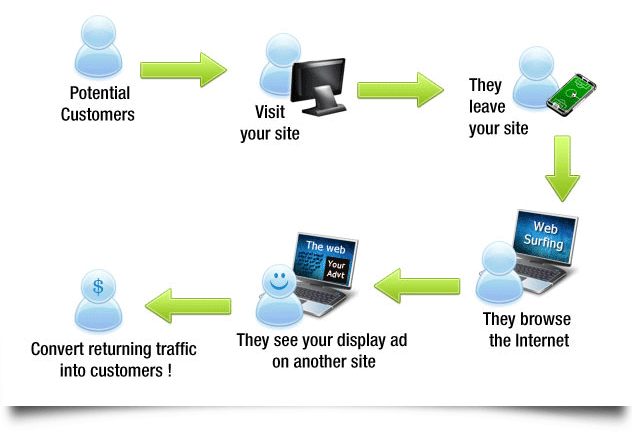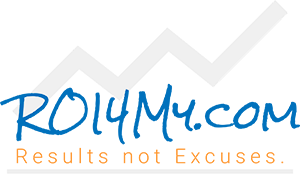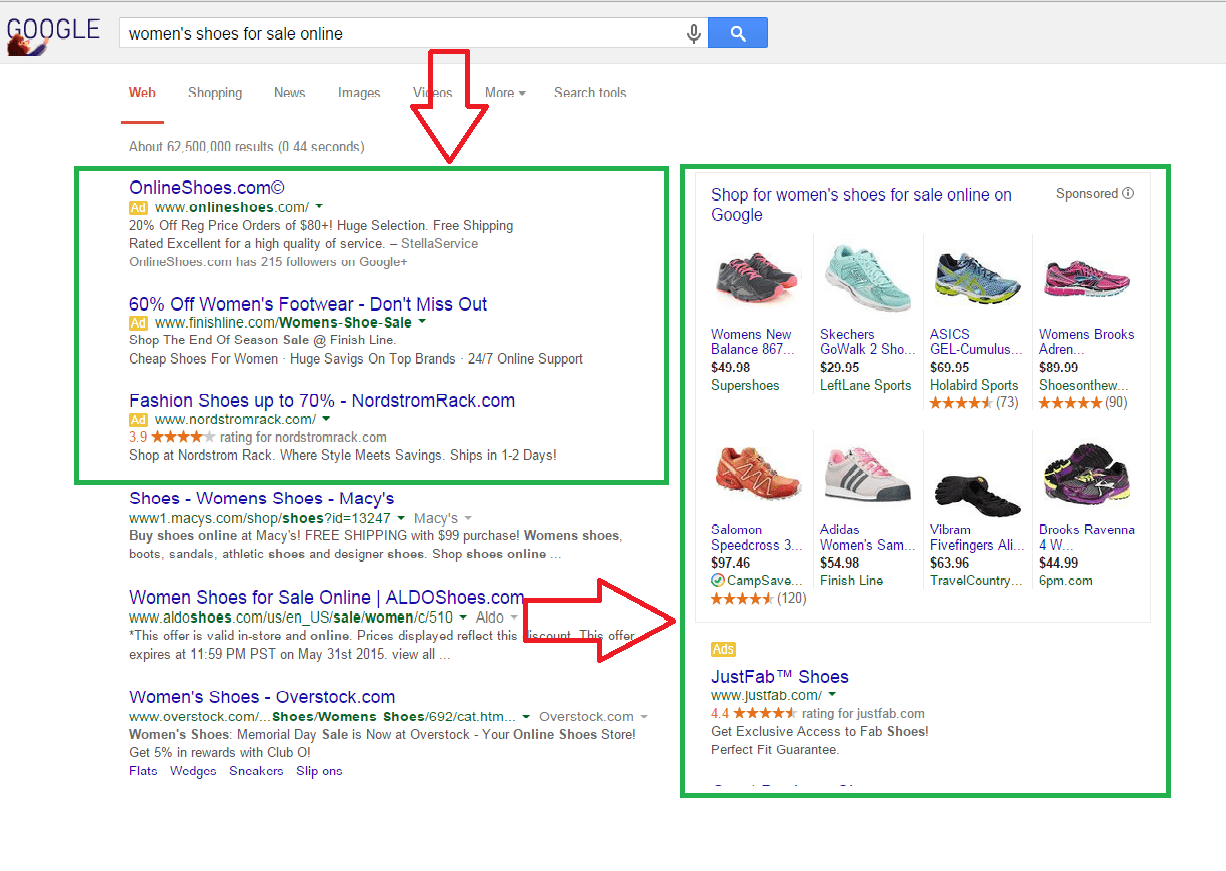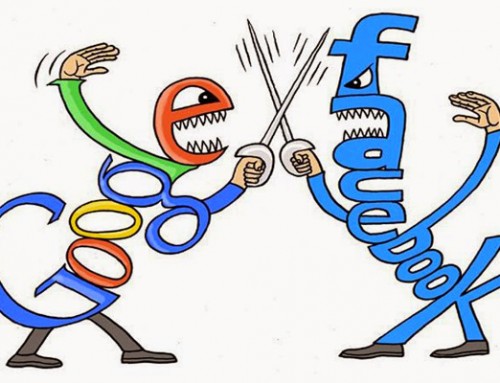Online marketing is more effective and efficient when your marketing strategies are targeted towards the right audience. With pay per click marketing, you can easily segment your market and direct targeted and optimized paid ad campaigns. In this guide, you will learn how to maximize your PPC campaigns to bring in new leads and increase conversion rates at different touch points, getting you higher ROI.
Statistics
The numbers show the efficiency of PPC in online marketing campaigns.
Check out these stats from the first quarter of 2013:
- Global search ad spend rose 15% in the first quarter of 2013 compared
to the previous year. - Click-through rates increased by 62%, and year-over-year clicks
increased by 21%. - U.S. ad spend rose 24%, with CPCs (Cost Per Click) averaging $0.44.
Mobile devices are responsible for 19% of all paid search clicks & 14% of total paid search ad spend in the US, and 28% of paid search clicks & 25% of total ad spend in the UK.
Research and Analysis
The first step in any PPC campaign is to understand your audience. You need to figure out who you are trying to attract and what keywords will attract them. You must do KEYWORD RESEARCH. Keyword research is the process of determining the words your prospects are entering in to search engines that you want to attract. Keyword research also includes identifying the keywords that have the right amount of search volume each month so you are not targeting terms that no one is using.
Ad Copy & Landing Page Optimization
Once the keywords have been selected, you will need to create and optimize the copy to be used for the campaign. This can be divided into two parts: ad copy optimization and landing page optimization. The focus of your ad copy will vary based on your keyword research and on what audience you are targeting for that specific ad. Remember the following stats:
- 25 characters (spaces included) for the title
- 35 characters (spaces included) for each ad campaign line, two lines per campaign
- Keyword should be part of the title whenever possible
- Only one of each is allowed: period, comma, dash, and exclamation point
Your landing page may either be an existing page on your website, or a dedicated landing page with content tailored for your audience. You will need to optimize the content based on what part of the marketing funnel your target market is in. Landing page optimization includes both design and copy to ensure consistency with your website and your brand message.
Bidding Management
Analyzing PPC value and managing keyword strategies is extremely important. It helps to monitor existing campaigns and assessing their returns. If this is the first time you are using PPC for online marketing, you will have to estimate a few things until you have some data:
- Recommended budget for the entire campaign
- Cost per click (CPC) of each PPC ad
- Estimated gains from the ad campaign
By estimating these values, you can develop the ideal bidding strategy for your campaigns, where you can get the keywords you want at the best price.
Campaign Tracking & Reporting
Each campaign should be tracked closely to provide better insight on what PPC strategies are working and what needs work. Campaigns should be measured based on the following:
- Overall number of clicks, which tells you how effective your copy is;
- Bounce rate (% of 1 page visits) and time spent on the landing page, both indicators of how effective your engagement and call to action is;
- Goal conversions, whether it is a sign-up, a download, or a purchase; and
- Return on investment, which shows how much you made from the PPC ad campaign.
Funnels Optimization
Using the funnel method to lead search engine users towards your desired goal is one of the most efficient marketing methods today. This strategy lets you lead visitors by the hand and direct traffic where you need it to go, when your audience is ready to move forward. This four-step process includes the following:
How We Can Help
- Keyword Contextual Targeting
- Our keyword selection process involves looking at keyword competition, popularity among your target audience, and contextual relevance to your brand.
- Placement Targeting
It’s important to know where to place your ads properly to reach the widest audience possible. We will help you choose the right placement for your ads, finding space in the websites of online influencers, industry leaders and high-traffic, high-authority pages.
- Interest Category Marketing
In this step, we will help you develop PPC marketing collateral based on your target audience’s interests and placement in the marketing funnel. The conversion goals set for each market category will differ based on the funnel as well.
-
- Remarketing

This method lets you trail and target previous site visitors who have exited your page without fulfilling a goal conversion. It will be discussed in detail later on in this document.
Ad Group Segmentation
Reaching out to specific niche markets effectively through PPC requires carefully planned targeted marketing. This is best achieved through a combination of keyword-based and profile-based ad group segmentation. Profile segmentation is a process that involves the following: Selecting Profile Parameters – You need to think about the possible ad groups you can create. For example, you can group your target audience based on their needs and interests, their location, their culture, or traffic source, among others.
- Finding Viable Custom Segments – Sticking to the basic marketing group (one based on their product/service interest) and on demographics as your only profile parameters will cause you to hit major challenges in terms of competition. You’ll need to drill down on your audience’s behavior by studying Analytics data and discovering your audience’s behavior. Information such as what page converts the most or what pages your visitors go to before completing a conversion goal allows you to group your audience accordingly and create targeted campaigns to lead them across their standard purchasing habits much faster and much more efficiently.
- Lead Scoring – Allot your resources properly and maximize their budget to achieve the highest ROI by scoring your ad group segments. The scores will be based on a combination of explicit factors, such as demographics, click rates and CPCs from past campaigns, and other quantifiable data, and on implicit factors like conversion history, purchase history, sales-readiness, data quality, and sentiment marketing efficiency.
Remarketing
Remarketing may be done as part of a funnel strategy, as previously mentioned, or as a standalone marketing strategy to control and direct traffic accordingly. It is one of the most effective strategies at funneling and directing traffic because it promotes brand recall each time your visitors see your ad, and it leads your audience back to your site when they are ready to complete a conversion goal.
Recommended Practices
-
- Segment Your Audience
In all of the pay per click campaigns, it’s important to segment your audience in order to reach the most relevant people with appropriate retargeting ads.
-
- Have A Clear Design & Clear Call To Action
Because retargeting ads are not plain text ads and can be designed, you can modify the look and feel to represent your client’s brand more accurately. Keep the message direct and urgent, make the layout clean, and ensure the call to action stands out immediately.
-
- Offer Your best Products And Services
Keep your message in line with your conversion goals. Offer promos, free downloads, packages, and new services, and highlight your unique selling points in the copy.
-
- Optimize Your Landing Page
If your landing page is another page in your website, make sure it is well-optimized for both search engines and for visitors. If you find your pages unable to convert, you may need better copy, visuals, and stronger calls to action.




FOLLOW US